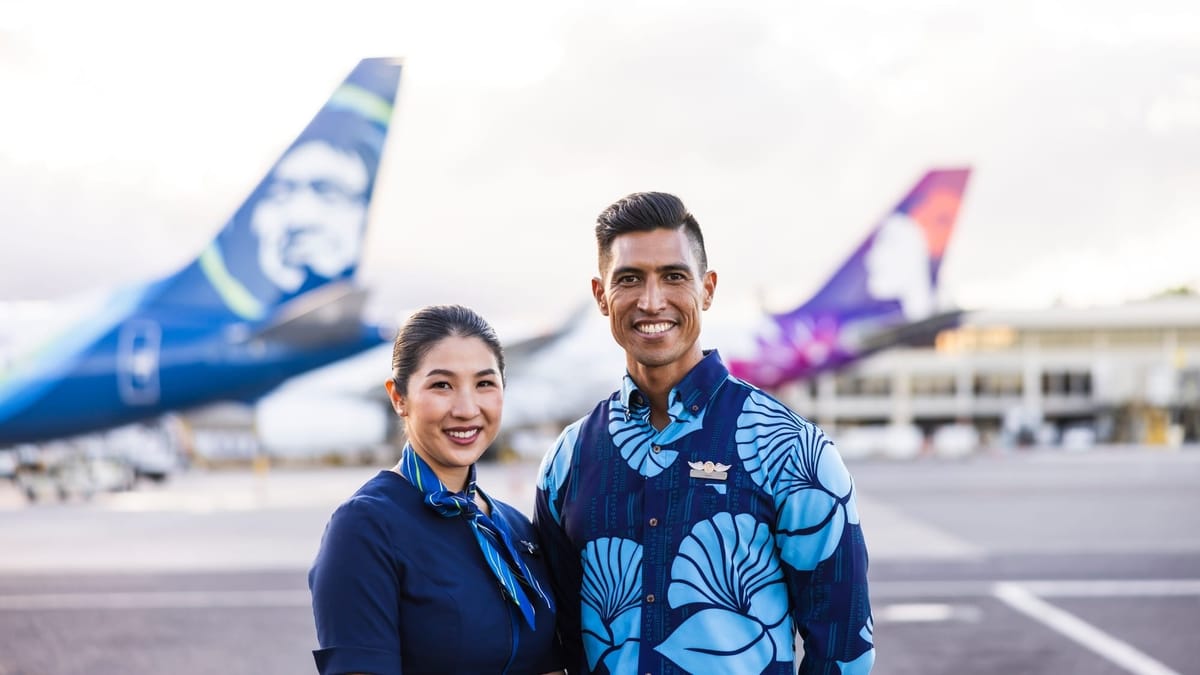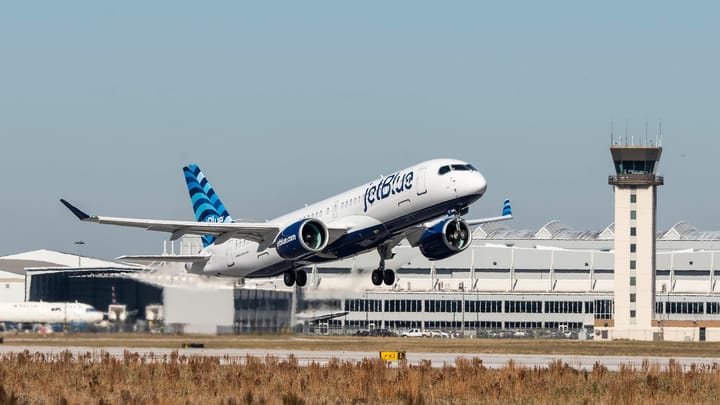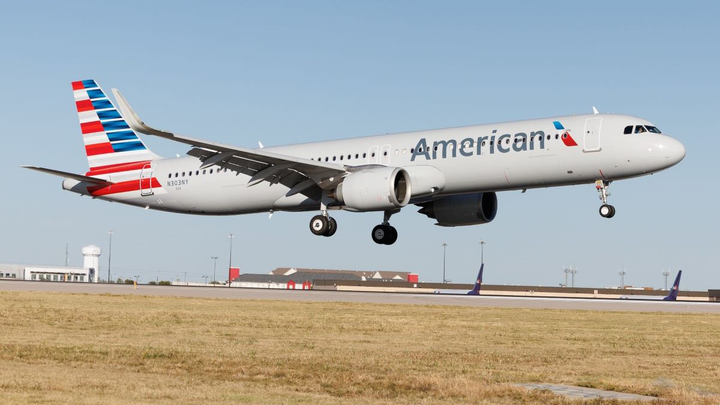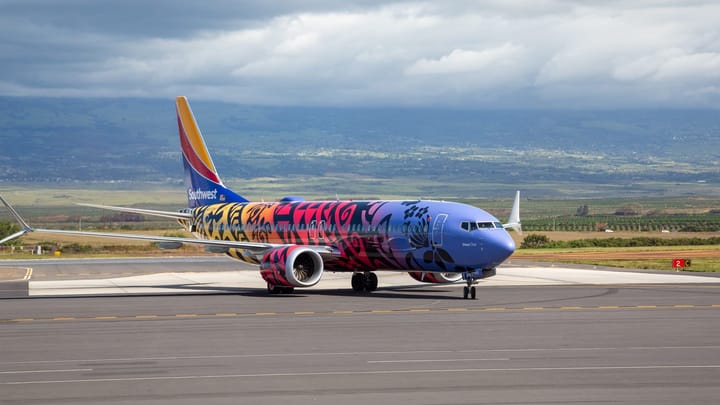Alaska Airlines and Hawaiian Airlines receive a single operating certificate
Alaska Airlines promised that once Hawaiian Airlines' designator code is gone from its booking system, customers will still be able to distinguish the airline's flights.

Alaska Air Group, the parent company of Alaska Airlines, Hawaiian Airlines, and Horizon Air, announced that Alaska Airlines and Hawaiian Airlines’ air operator’s certificates (AOCs) have been merged, marking a successful integration of the latter’s operations across both airlines.
On October 29, 2025, Alaska Air Group said that the AOCs of Alaska Airlines and Hawaiian Airlines were merged, marking a significant regulatory milestone, which underpinned the “successful integration of training, policies, procedures, and manuals across both airlines.”
Ben Minicucci, the President and Chief Executive Officer (CEO) of Alaska Air Group, congratulated both airlines’ teams for the achievement, noting that the year-long process involved multiple departments and “thousands of hours of work.”
“We also appreciate the [Federal Aviation Administration] and the US Department of Transportation [DOT] for their guidance and support as we carefully reviewed and harmonized our processes with a shared focus on safety.”
For the group’s customers, there will be a visible change: while Hawaiian Airlines flights will continue to carry the HA designator for the time being, “new flight numbers may be assigned to avoid duplication between our brands.” While Alaska Air had attempted to maintain continuity with similar flight numbers, the majority of them were assigned new ones, it said.
However, the company reiterated that passengers “will continue to enjoy our distinct Alaska and Hawaiian brand experiences, brought to life by our remarkable employees, along with the reach of our expanding joint global network, and the industry-leading benefits of our Atmos Rewards loyalty program.”
To note, when the DOT approved the merger in September 2024, its conditions were that the expanded entity would continue providing crucial inter-island, continental, and essential air services, protect loyalty rewards’ value, ensure competitive access at Honolulu Daniel K. Inouye International Airport (HNL), guarantee fee-free family seating, and lower costs for military families.
The passenger protections, which were pushed forward by the Pete Buttigieg-led DOT, would remain in place for at least six years once the two airlines obtained approval to operate international routes under a single AOC, the Department said at the time.

According to Alaska Air, a single AOC “paves the way for other, ongoing integration initiatives,” such as combining passenger and scheduling systems, and the integration of its flight, airport, and maintenance crews under joint collective bargaining agreements.
The company promised that next year, its passengers will benefit from a single passenger service system (PSS). The transition to a single system will result in the HA designator fading away, yet once again, Alaska Air said that customers will be able to book Hawaiian Airlines’ flights for its distinct brand and hospitality since it will clearly brand those itineraries across its digital channels.
When Alaska Air unveiled its Q3 2025 results, it pointed out that its integration initiatives, announced as part of the Alaska Accelerate strategy in December 2024, which include the single AOC, represented significant progress toward building the company’s growth and profitability.
By 2027, it should achieve earnings per share (EPS) of $10, enabled by $1 billion in incremental profit benefits.
Alaska Air ended Q3 with a net income $73 million ($123 million non-audited). Its nine-month profitability was $79 million, or $243 million, if not adjusted for special items. Unfortunately, it delayed its quarterly earnings call as the airline suffered an IT outage that resulted in a ground stop on October 23.







Comments ()